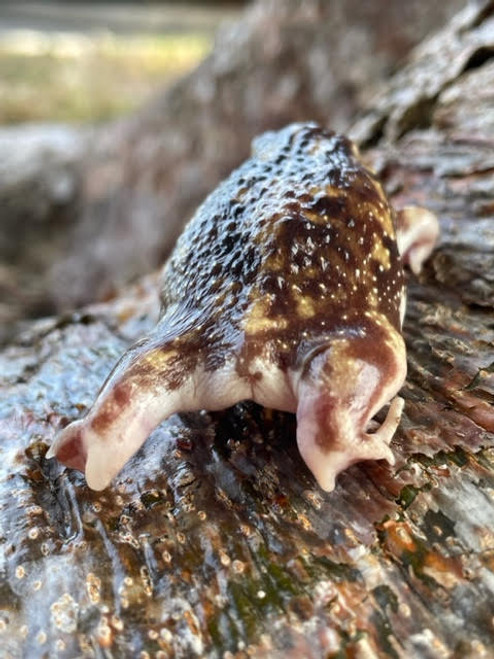The Very Best Reptile Enclosures: Exactly How to Produce the Ideal Habitat
Producing the best environment for reptiles is not practically placing them in a storage tank or room; it includes a thoughtful factor to consider of numerous variables that contribute to their overall well-being. From the size of the enclosure to the type of substratum used, every element plays an important function in offering an atmosphere where your reptile can prosper. By recognizing the certain requirements of your reptile types and carrying out the right habitat setup, you can guarantee their health and wellness and joy in captivity.
Selecting the Right Room Size
When selecting an enclosure dimension for reptiles, it is vital to consider their natural actions and room demands to ensure their wellness and wellness. Various reptile types have differing demands when it involves environment area. Arboreal species like chameleons or tree serpents need vertical room for perching and climbing up, while terrestrial species such as bearded dragons or leopard geckos require more floor room for checking out and thermoregulation. Aquatic turtles like red-eared sliders demand rooms with both water and acreage for swimming and basking.
A basic rule of thumb is to offer adequate space for the reptile to show all-natural habits, such as basking, concealing, climbing up, and foraging. By carefully considering the certain demands of the reptile species in question, owners can produce a suitable and improving environment that promotes general health and motivates natural behaviors.
Setting Up Proper Burner
To make sure the health and wellness of reptiles in their units, it is important to very carefully establish correct home heating aspects. Reptiles are ectothermic animals, implying they depend on outside warm sources to regulate their body temperature. When establishing heating elements in a reptile enclosure, it is essential to consider the specific temperature needs of the varieties you are looking after. Various reptiles have varying temperature requires based upon their natural habitat, so it is necessary to research and understand these requirements.
One common and reliable burner for reptile rooms is a heat light or ceramic warm emitter. These warmth sources can be utilized to produce a temperature gradient within the room, allowing reptiles to relocate between warmer and cooler areas as required. Additionally, under-tank home heating pads or heat floor coverings can be utilized to provide stubborn belly heat, which is specifically useful for reptiles that call for additional heat to aid in food digestion.
Keeping an eye on the temperature within the room making use of a thermometer is vital to make certain that the heating components are maintaining the suitable temperature variety for your reptile. Regularly check and change the burner as required to create a comfortable and healthy and balanced setting for your flaky buddy.
Choosing Appropriate Illumination Components

Giving the Ideal Substrate
Picking the proper substratum is vital for producing a comfy and ideal environment for reptiles in their enclosures. Some reptiles, such as desert-dwelling varieties like bearded dragons, prosper on substratums like calcium sand or reptile rug, while others, like sphere pythons, choose coconut husk or aspen bedding to keep moisture degrees.
Moreover, the size of the reptile should also affect your choice of substrate, as hatchlings might call for a better material to stop intake. Prevent substrates that can cause impaction, such as loosened substrates like sand or crushed rock, specifically for reptiles understood to ingest their bedding. Routinely cleansing and changing the substrate is essential to make sure a tidy and sanitary atmosphere for your reptile. By selecting the excellent substrate, you can contribute to the total health and wellness and well-being of your flaky companion.
Decorating for Enrichment and Convenience
Considering the substrate's role in giving a structure for all-natural habits and maintaining an ideal setting, improving the reptile enclosure with proper decors is critical for both enrichment and convenience. When enhancing the unit, it is crucial to take into consideration the reptile's species-specific requirements and behaviors Visit This Link to develop a room that promotes physical and mental wellness. By incorporating a selection of designs that imitate the reptile's all-natural habitat, proprietors can ensure their pet's convenience and promote their natural instincts, ultimately leading to a better and healthier reptile.
Verdict

Creating the best environment for reptiles is not simply about putting them Get More Info in a container or unit; it involves a thoughtful consideration of different aspects that add to their overall well-being.Choosing the proper substrate is crucial for creating a comfortable and appropriate setting for reptiles in their units. Some reptiles, such as desert-dwelling varieties like bearded dragons, thrive on substrates like calcium sand or reptile carpet, while others, like ball pythons, choose coconut husk or aspen bed linen to preserve humidity degrees.
By integrating a variety of decors that resemble the reptile's all-natural environment, proprietors can ensure their animal's comfort and stimulate their natural instincts, ultimately leading to a happier and much healthier reptile.
In conclusion, creating the perfect habitat for reptiles involves selecting the ideal unit size, heating elements, lighting components, substratum, and decors.